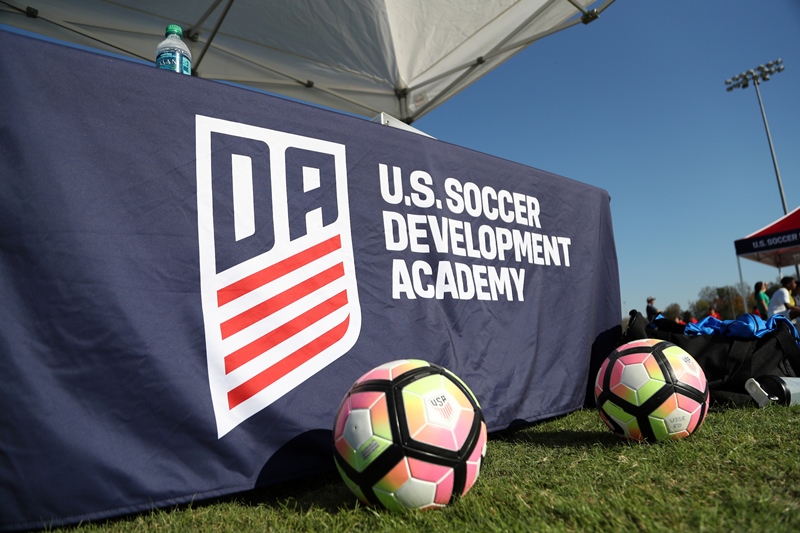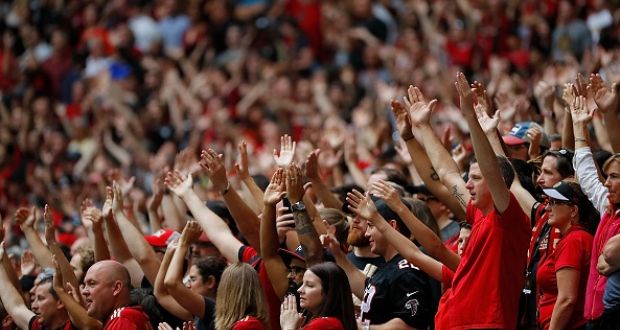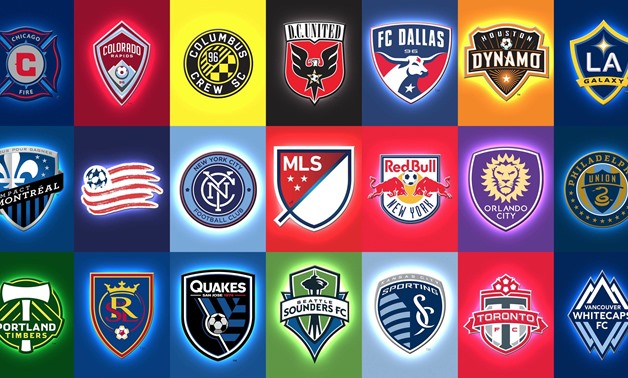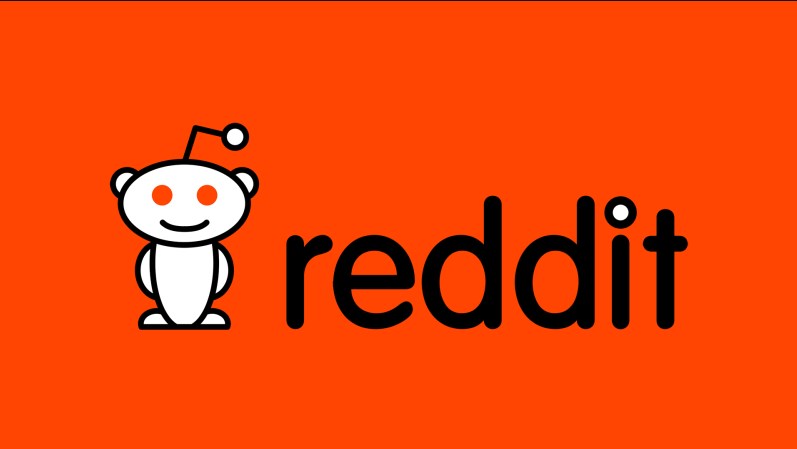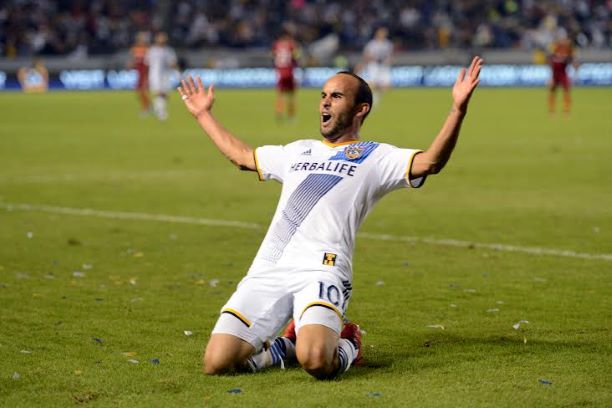The case is closed. Ganso joins São Paulo in search for higher status and pay
The case is closed. Ganso joins São Paulo in search for higher status and pay

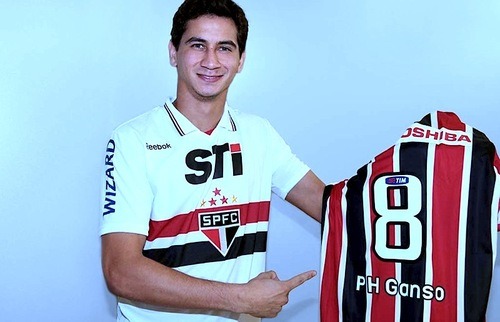
It dragged on for what seemed like forever. Every time the deal was on the verge of completion, a new section was added to the negotiation’s maze. Eventually, the exit appeared. Just a day before the end of Brazil’s internal transfer window, Paulo Henrique Ganso completed his move from his boyhood club of Santos to their state rivals São Paulo. One of the most protracted and biggest transfers in recent Brazilian football history was finally brought to a close.
The seeds of Ganso’s departure from Santos had been germinating for a while now, but the manner in which they grew was surprising. It was expected that his new home after Santos would be in the Old World, after the midfielder chose from among his many European suitors. However, a rash of injuries and a subsequent drop in form over the past year and a half meant that the noise of interest from abroad was just above a whisper. Most of the decibels present around the twenty-two year old were generated by the player himself.
It all started back in 2011, when Chelsea’s summer pursuit of Neymar resulted in the teenager being given a huge contract to persuade him to remain at Santos. Later down in the year, he was given another improved contract to keep him in Brazil until 2014. During that time, Ganso, as Santos’ other main attraction, was also offered a new and improved contract to lift him off the bottom of the squad’s pay scale. However, it was rejected on the grounds of failing to meet one key criterion: it was not the equivalent of Neymar’s pay packet.
The fact that Neymar had surpassed him in terms of importance to the Santos team and his international profile was one that Ganso would not accept. Despite the warning signs, Santos’ president Luis Alvaro de Oliveira (commonly known as LAOR) expressed confidence that a deal would eventually be reached.
Contract talks between the parties stalled for months. Eventually, the negotiations began anew in May of this year. They went on for about a month with several offers being put on the table. All of them were turned down for not being the equivalent of the contract given to Neymar. LAOR lost patience with the obstinacy of the midfielder and his representatives. He declared that there would be no other improved offers. Thus, the first domino fell.
The fall of the second created a sonic boom. Delcir Sonda, Ganso’s agent, and the founder of the DIS group, the third party which owned 55% of the player’s economic rights, made the following statement to Brazilian newspaper Zero Hora.
“Ganso will not play for Santos again. That is guaranteed. He could play for Internacional. I am negotiating his purchase from Santos. Ganso is upset with the club. They put together a project for Neymar but forgot about him. He wants to leave but he also wants to stay in Brazil for at least another year.”
And so the furor began. The move to Internacional appeared to be highly likely as the imminent departure of their own young playmaker, Oscar, to Europe was at hand. The fact that Sonda is a fan of the club from Rio Grande do Sul also came into play. However, as the days passed, concrete interest from Inter themselves never materialized. Soon, all the rumors died down, and the unrest settled under a thin veneer of calm. At least most of it did. The tension that now existed between Ganso and Santos’ fans was not going anywhere.
Just as the dispute was ready to enter another period of hibernation, another bombshell dropped in Brazilian football. The bidding war between European clubs over Lucas, São Paulo’s exciting attacking midfielder, had begun.
When the smoke cleared, Paris Saint Germain had beaten Manchester United to the youngster’s signature for the figure of 43 million Euros. Suddenly, ‘O Tricolor’ had a large amount of money to spend. With Brazil’s international transfer window closed, they turned their eyes on the unsettled Ganso.
São Paulo’s first submitted a bid of R$10.7 million to Santos for the 45% of Ganso’s economic rights that the club owned. It was dismissed out of hand. A second bid of R$12.6 million met the same fate. LAOR made Santos’ position clear. Ganso would not be sold for any fee less than R$23.7 million, the equivalent of 45% of his R$53 million buyout clause for Brazilian clubs. It was clear that selling Ganso to their rivals was an act Santos were not keen to do..
The illusion of calm was broken, and the question of whether or not Ganso would depart had been resurrected. As São Paulo contemplated their next probe, the midfielder damaged his relationship with the majority of Santos’ fans even further by declaring that it would be “a pleasure to play for São Paulo.”
A 3x1 loss at home to Bahia was the perfect opportunity for the fans to show their displeasure. After the defeat, a section of the crowd threw coins onto the field in Ganso’s direction and chanted, “Mercenary Ganso! We don‘t want you to play for Santos.” Ganso conducted his post-game interview right in front of this screaming group of supporters, with coins strewn all around him. He was as calm and composed as ever, seemingly unaffected by the turmoil. Still, given the situation, there was a coldness there that spoke volumes. He didn’t expect to be playing under these conditions for much longer. Later it was revealed that the protests at the Vila Belmiro encouraged São Paulo to continue pushing to sign Ganso.

And he didn’t. Ganso picked up yet another injury during that game that was estimated to keep him out for 4-6 weeks. Given his medical record, the injury wasn’t too surprisingly on the surface, but the rules of Brazil’s internal transfer window gave it a devious aura. A player is only allowed to move between clubs in Brazil as long as he has played less than seven games in the season. Ganso’s knock meant that he would be stuck on five appearances for at least a month. Just one more week would have seen him reach the seven game barrier. Thus, the injury became an “injury” in the eyes of many.
With this stumbling block out of the way, São Paulo were free to use all the time until the window’s closing on September twenty-first to conduct their business.
Their first serious bid was R$23 million. It was rejected again. A new player had entered the game, and Santos were keen to shift their gaze. Grêmio matched São Paulo’s bid, and were ready to throw themselves fully into the dance for Ganso’s signature. Unfortunately for them, their interest was doomed from the start. Ganso expressed his wish to stay in the state of São Paulo, and Delcir Sonda’s allegiance to Internacional meant that he was not in favor of his client moving to Inter’s bitter rivals. As a last-ditch, surprise tactic, Santos offered Ganso a six month contract which came close to the wages he desired. The midfielder wasn’t interested.
News broke on September 14 that a deal had been reached for a value of R$23.9 million (£7.5m), but that was false dawn. Sao Paulo’s plan to pay the fee in two installments was one that Santos would not accept. A few days later, this was rectified and a 5% cut of any future transfer fee was thrown in to sweeten the deal. Santos and São Paulo had reached an agreement. Now all that remained was for a court dispute between the selling club and the DIS group to be taken out of the equation. That legal battle was relevant because it involved the fee that DIS had paid over two years ago to the previous Santos administration for their slice of Ganso’s economic rights.
Extricating that mess from the deal took until this past Thursday. Events were finally drawing to a close. All three interested parties convened as Ganso rescinded his contract with Santos and signed a five year deal with São Paulo. Of the R$23.9 million fee, it was revealed that DIS paid 7.5 million, which increased their stake from 55% to 68%. The saga was at an end.
A photo of the beaming midfield in his new kit was soon released. Ganso’s first words as a São Paulo player reflected his external emotions.
“I’m very happy. It’s a huge joy. A wish fulfilled. Since São Paulo showed interest in signing me, my mind was made up. I appreciated the interest from other clubs, but São Paulo moved me. Now that everything went well, I can’t wait to pay back all that efforts of the board on the field and represent the Tricolor nation well.”
The question that now rears its head is interesting. Who got the better deal? It’s difficult to give a definite answer. Santos can claim to have made a significant amount of money from the sale of an injury prone, unhappy player. However, Ganso’s presence will be missed as Santos’ squad currently lacks another player of his ilk. On the other side of the equation, São Paulo are sitting on a potential goldmine for their 32% stake if Ganso can settle, regain his form, and emerge from his current level of stagnation. ‘If’ is the operative word. Ganso’s debut for his new team will have to wait until November due to his current injury. São Paulo’s medical staff will have their work cut up for them to mend his physical ailments.
Despite their being rivals, recent business has occurred between Santos and São Paulo. However, a similar transaction of this magnitude between the two clubs lies over twenty five years in the past. In 1985 Pita crossed the divide after six years of playing for Santos. Like Ganso, he was a playmaker who came through the club’s youth system. Pita was an integral part of the youthful Santos team that won the Paulista State Championship in 1978 - the club’s first trophy in the post-Pelè era. That was the first edition of what is known in the club’s history as the Meninos da Vila, the moniker used to describe Santos’ commitment to producing their own great players. Now Ganso, Pita’s equivalent in what could be called the third iteration of the Meninos da Vila, has taken the same path.
Ganso and São Paulo’s fans will be hoping that the path leads to the fulfillment of his potential. What it certainly leads to is a place free from Neymar’s shadow.
This article is by Gordon Fleetwood, our Brazilian expert who you can follow on Twitter under the name @Gorayfle. Comments below please.

